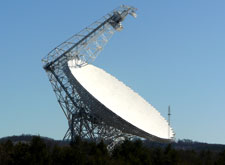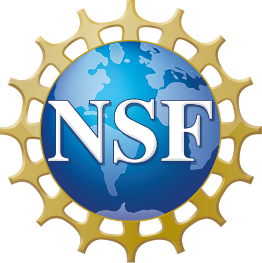GBT 4mm Receiver Project Book
Chapter 2
Science Case
Author: David T. Frayer
Abstract
With the recent improvements to its surface accuracy, the GBT is the most sensitive telescope operating at 90GHz. We propose to build a traditional dual-beam feed-horn receiver which operates at the lower frequency end of the 3-4 mm atmospheric window (67--93 GHz), designated as the 4mm Receiver. The project will make use of previously acquired hardware at Green Bank. The science goals are mainly focused on molecular spectroscopic studies of star formation and astrochemistry within our galaxy and beyond, but the new receiver will be built to enable VLB observations as well. On technical grounds, the 4mm receiver will permit further improvements to the surface accuracy and tracking performance of the GBT.
Science Themes
Based on the ASTRO-2010 Decadale Survey, four key research areas have been identified for the GBT. The 4mm receiver would greatly enhance the science capabilities in all of these areas.
- Fundamental Physics -- With the VLBA, the GBT 4mm receiver would allow us to probe the fundamental physics near the base of powerful black hole jets in nearby galaxies.
- The Context of Star Formation -- Molecular spectroscopy of the deuterium species and the other important transitions associated with dense molecular gas with the GBT 4mm receiver would revolutionize studies of the structure and physical properties of cold cloud cores from which stars form.
- Origin of Life -- The GBT 4mm receiver will carry out molecular spectroscopy of complex organic molecules and pre-biotic molecules in the ISM and comets which are key for studying the conditions from which life eventually forms.
- Galaxies Across Cosmic Time -- The GBT 4mm receiver would permit the studies of CO(1-0) at intermediate redshifts where the evolution of galaxies is procedding rapidly and allow for the studies of the dense gas tracers, such as HCN and HCO+, in local star-forming galaxies.



